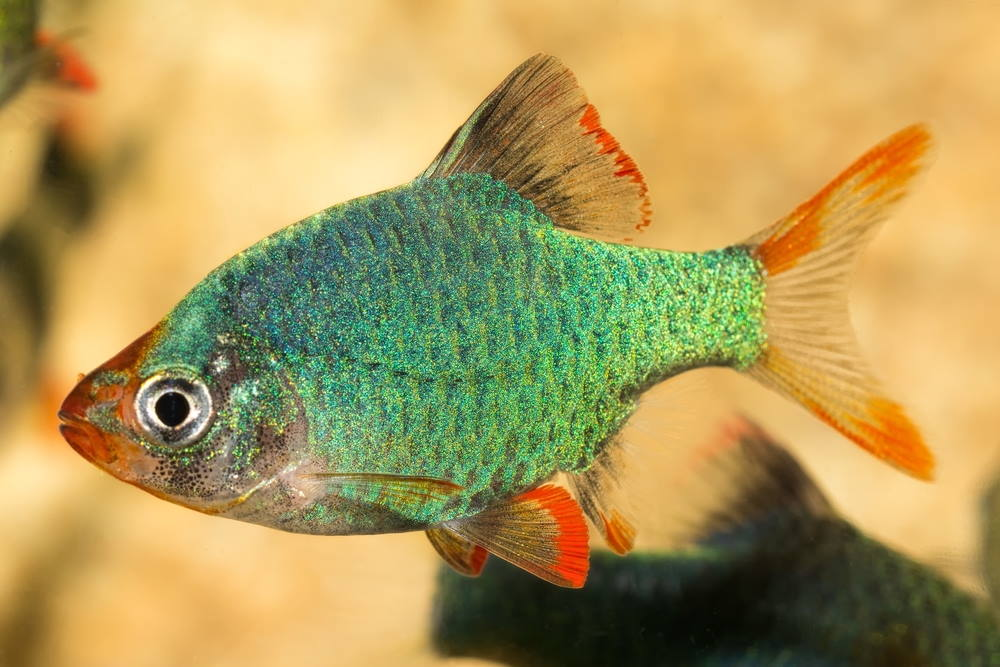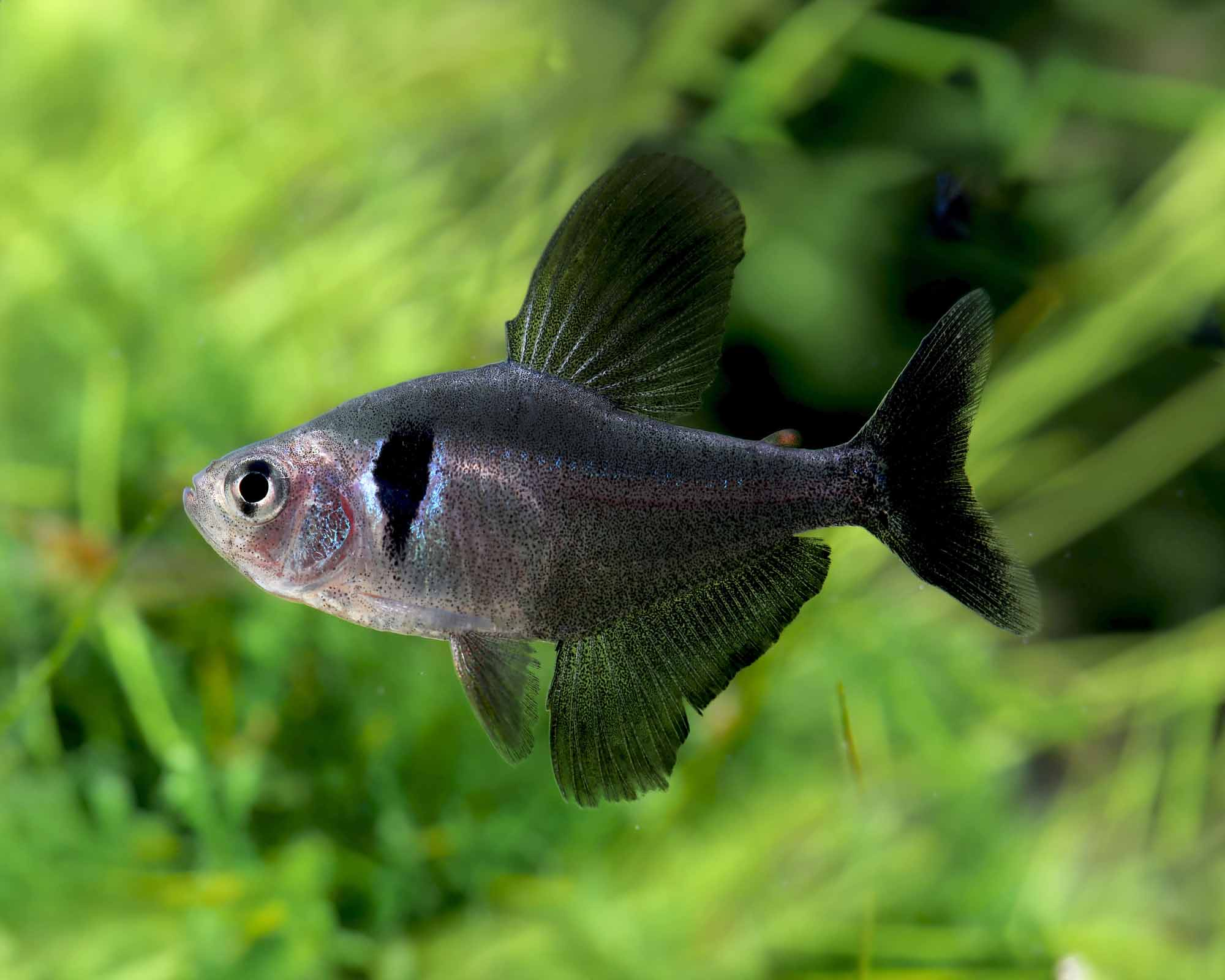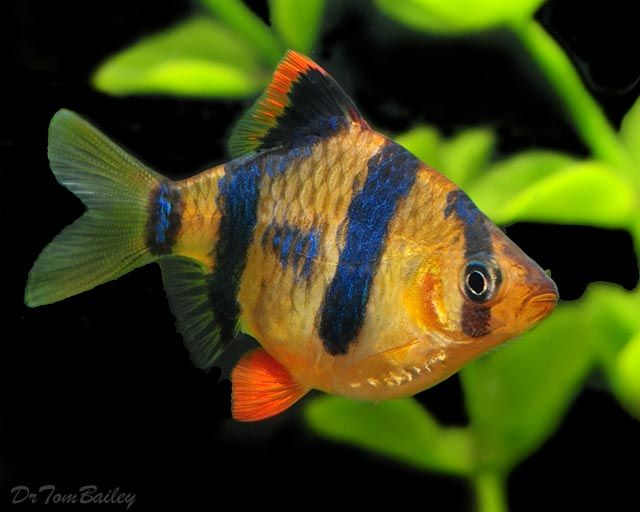Wild Endler’s Guppies are found in several different forms, although they’ve also been crossed extensively with domestic guppies to produce a wide range of colours. The variety found in the Campoma lagoon (and immediate surroundings) is the standard form and has a prominent comma-shaped black mark on the flanks. It’s well worth keeping pure strains of known wild forms seperate from their guppy kin, as once they disappear from our tanks they’re unlikely to return – their wild habitats are threatened by pollution and destruction. Domesticated forms and hybrids (occasionally seen as ‘Mini guppies’) are often more resilient than highly-bred fancy guppies thanks to greater genetic diversity.
Feeding
Flake, green flake, micropellets, and small frozen foods such as baby brineshrimp, daphnia, mosquito larvae and cyclops. Microworm is also a particular favourite. May nibble at some delicate fine-leaved plants, although damage should not be that noticeable, particularly if fast growing plant species are chosen.
Breeding
Easy. Keep at least two females to every male amongst dense planting and the fish will do the rest! The male will transfer his milt into the female via his gonopodium, where it is then stored and used to fertilise her eggs. Just before the live young are released, the female starts to show a dark black “gravid spot” near the vent. Mature females typically give birth to 10-15 fry every 28 days, but XL specimens may have 20+. The adults do not usually prey on the young, although this has happened from time to time. Heavy planting will help to ensure most of the offspring swim to safety (alternatively they may be very carefully caught and transferred to a separate rearing tank). After about 5-6 weeks, the young are sexable, with the females able to breed after just 2 months. Every so often, it is best to separate some of the youngsters from the adults, otherwise inbreeding will occur and this can lead to deformities. It is also wise to introduce a few new adults to the breeding colony on occasion too, which will also help to keep a stronger gene pool.




Reviews
There are no reviews yet.